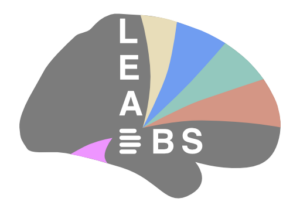-
AuthorPosts
-
07/26/2018 at 5:44 PM #5156
marucela
ParticipantHello everyone,
When running “connectivity visualization” we are able to see the fibers that pass through the stimulated areas, in this regard, I have some questions:
1. Where do we find the files that are generated when run the “connectivity visualization” process and how are these files called?
2. From the Render, how can we load the specific fibers without having to run the process again?
Also, I was wondering if you can tell us how we can export the “patient specific tracks” file to see them as fibers? When I load that Nifti file in the slicer4, I am only able to see it as a volume.
Our goal is to compare the patient specific tracks from patients. Do you have any suggestions on how to do it?
Thank you in advance for your help!07/26/2018 at 8:58 PM #5158andreashorn
KeymasterHi there,
unfortunately, the convis tool is pretty old code and I haven’t touched it in a while. I do agree it’s not really useful since one needs to recompute things quite often.
I do think Ari Kappel made some edits to it at some point if you run in developer mode. Feel free to reach out to him on the slack user channel.Re your last question, that’s not possible, lead connectome mapper is only giving you .nii output (i.e. volumetric), the name suggests so :)
I guess you can maybe use tools like trackvis or dsi studio to isolate fibers connected to nifti files. Lead connectome should also export .trk files that you can visualize there..I’m sorry since I feel this answer doesn’t help you that much. Just for the record I do agree that there are many different areas in which one can do “connectomics” inside Lead-DBS with very different purposes, formats, etc. It must be a jungle to find out how/what to do given it’s not well documented..
So potentially could help better if you’re able to formulate *very precisely* what you want to do.
If you say, you want to compare patient specific tracts, that’s not so precise. Tracts connected to what? Or whole connectomes? Compare how? Number of tracts, their anatomical courses, specific connections between regions?
All can be done but I’d need a very very specific scientific question + a good idea of your data (i.e. ~how many subjects and is patient specific dMRI data available, what kind?) to be of good help.Best, Andy
-
AuthorPosts
- The forum ‘Support Forum (ARCHIVED – Please use Slack Channel instead)’ is closed to new topics and replies.

